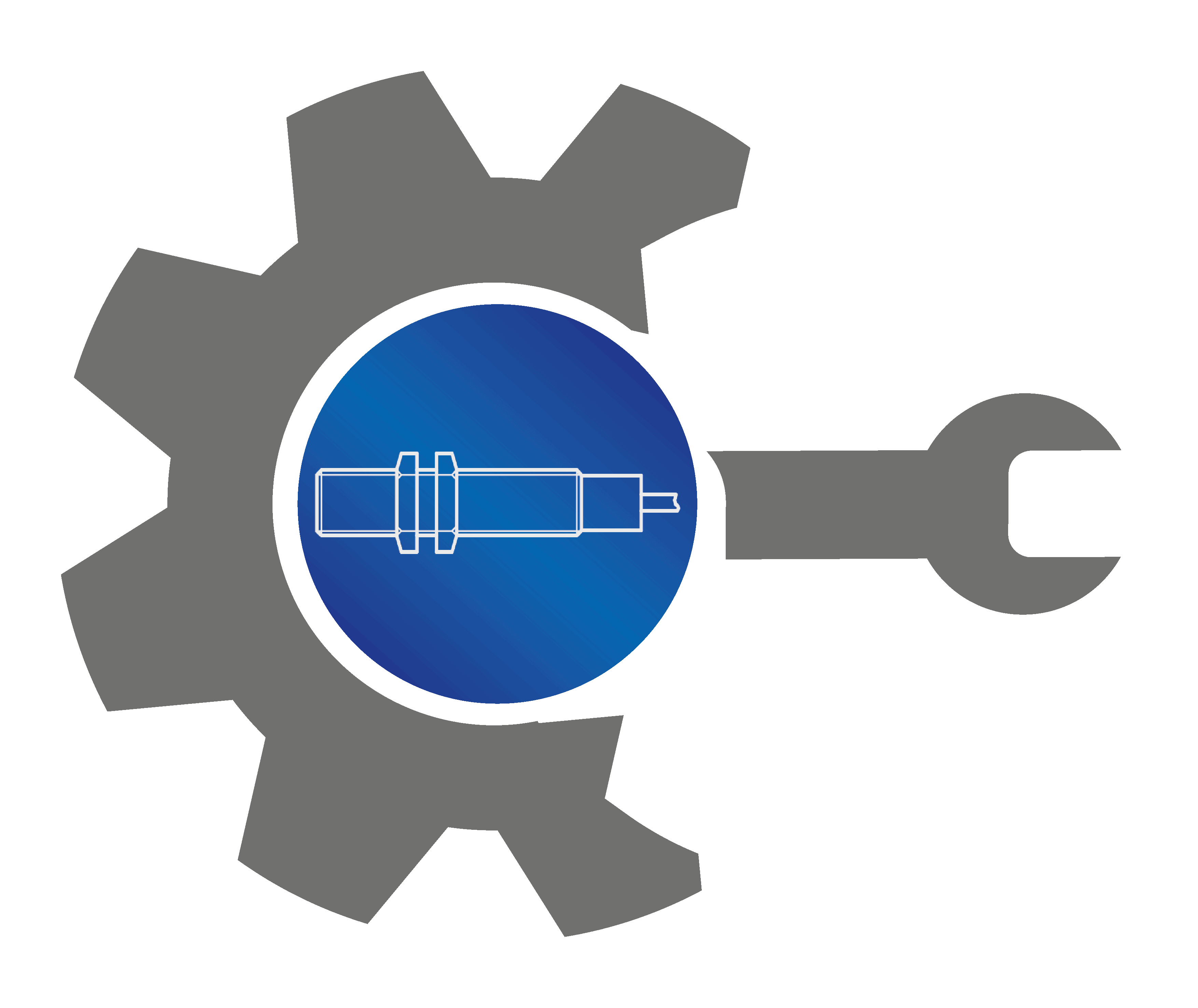
Capacitive filling level measurement – this is what you need to know!
In the industrial sector, the use of process chains makes it necessary to subject liquids and other media to continuous filling level measurement. Different physical procedures are available for this purpose. One of these is so-called capacitive filling level measurement, whose functionality and process are explained in the following technical contribution.
Table of contents
What is capacitive filling level measurement?
Capacitive filling level measurement – functionality and application
Conductive and non-conductive materials
What materials can be detected by capacitive filling level measurement?
In what areas is capacitive filling level measurement used?
Capacitive filling level measurement – what are the advantages and disadvantages?
What is capacitive filling level measurement?
Filling level measurement represents a collection of different physical processes that can be used to determine the filling level of liquids, pasts or bulk goods in containers using measuring devices. So-called capacitive filling level measurement determines the filling level of a container using an electrical field whose volume-dependent change in capacity is registered using measuring equipment. These measurements need to be accurate and reliable. If the measurement values are faulty, industrial processes can come to a standstill.
Capacitive filling level measurement – functionality and application
Capacitive filling level measurement uses a so-called capacitive sensor that functions like an open capacitor and is inserted into the material to be measured as a probe. An electrical field is generated between the measuring electrode installed in the sensor tip and the GND electrode, which together form the plates of the capacitor. The field reacts as follows to carry out a measurement: If a medium with an electrical conductivity higher than air (measured using the so-called dielectric number) enters the measuring field, the capacity of the field will increase depending on the permittivity of the material (relative conductivity depending on material, indicated as “Epsilon r” factor). The measuring electrode registers this change in capacity, the generated signal is evaluated in real-time and, given a suitable strength, will lead to a measuring result in the form of a switch contact in the electrode output relay. There are different variations of capacitive sensors that use divergent methods and are suitable for different materials. Proximity switches, pressure sensors, distance sensors and acceleration sensors are in common use.
Conductive and non-conductive materials
With regard to the decision of the filling level measurement procedure to be used in a particular case, the differentiation between electrically conductive and non-conductive materials is very significant.
Conductive media or materials include:
- H2O
- Ink
- Milk
- Acetone
- Metals
- Graphite
- Polymers (plastic compounds)
- Silicon
- Selenium
Non-conductive media such as glass, oil, plastic or wood generally have a permittivity of < 20 µS/cm. If a non-conductive medium enters the sensor area, the field will intensify depending on the permittivity number “Epsilon r” and the material volume which will lead to an increase of the electrical capacity of the measuring field. As a basic principle, the lower the “Epsilon r” factor, the more difficult it will be to analyse the object.
Measuring procedures
Given a non-conductive tank wall, capacitive filling level measurement is also possible without contact with the medium by using capacitive sensors. This method is used primarily with chemically aggressive media or non-contaminatable materials. Given electrically conductive containers and material-invasive internal measurement, usually capacitive sensors, ultrasound probes or capacitive proximity switches that operate on an analog, binary or digital basis are used. With the ultrasound measuring method, the probe emits an ultrasonic impulse that is reflected by the medium to be monitored. If the runtime of the signal is measured, the distance and thus the current filling level can be precisely determined. In contrast, a capacitive proximity switch represents a special sensor that already reacts to a conductive or non-conductive medium approaching by emitting a signal. Due to the changing electrical capacity of the measuring electrode in relation to the surrounding, the filling level can be determined unequivocally.
What materials can be detected by capacitive filling level measurement?
For the targeting and analysis of materials, the use of sensors with GND electrodes is recommended, since on these probes the electrical field spreads from the measuring electrode to the GND electrode and thus a defined measuring area is generated. Thus both electrical non-conductors, e.g. oils, glass or wood, as well as conductive media like water, metal compounds, polymers or graphite can be identified without a problem.
In what areas is capacitive filling level measurement used?
Capacitive filling level measurement is very well suited for the filling level monitoring of bulk goods, pastes or liquids in electrically conductive or non-conductive tanks or dosing units with a permittivity constant between 2 and 80. Thanks to a very adaptable probe housing, it can be used in numerous industrial sectors, ranging from the food industry and chemical industry to the pharmaceutical, recycling and packaging sectors to vehicle and printing technology.
Capacitive filling level measurement – what are the advantages and disadvantages?
Advantages:
- Reliable and proven measuring principle
- Simple commissioning and installation
- Universally adaptable probes
- No dead zone (block distance), hence also suitable for small containers
- Fast measuring frequency, hence suitable for applications with rapidly changing filling levels
Disadvantages:
- Inhomogenities in the dielectric constant in the medium (e.g. emulsions of different compositions) can cause measurement inaccuracies
- Deposits or pollution on the sensor, e.g. in case of crystal or viscous liquids, influence the measurement*
- Electrostatic charges also falsify the measuring result
- In case of non-conductive media, a new calibration is required after a change of medium
* An unintentional switching on of the sensor relay and thus an invalid signal contact due to a polluted sensor can be prevented by installing a compensation electrode that suppresses undesired objects, such as impurities or pollution.
Other interesting articles
Capacitive sensor
Find out everything about the assembly and functionality of a capacitive sensor.
Inductive sensor
Find out everything about the assembly and functionality of an inductive sensor.
Filling level sensor
Find out everything about the assembly and functionality of the filling level sensor.









